Judicial Independence
Programs 280, 281, 282, 283
CDs available via special order. HumanMedia ®
Also available on our Podcast
Programs 280, 281, 282, 283
CDs available via special order. HumanMedia ®
Also available on our Podcast
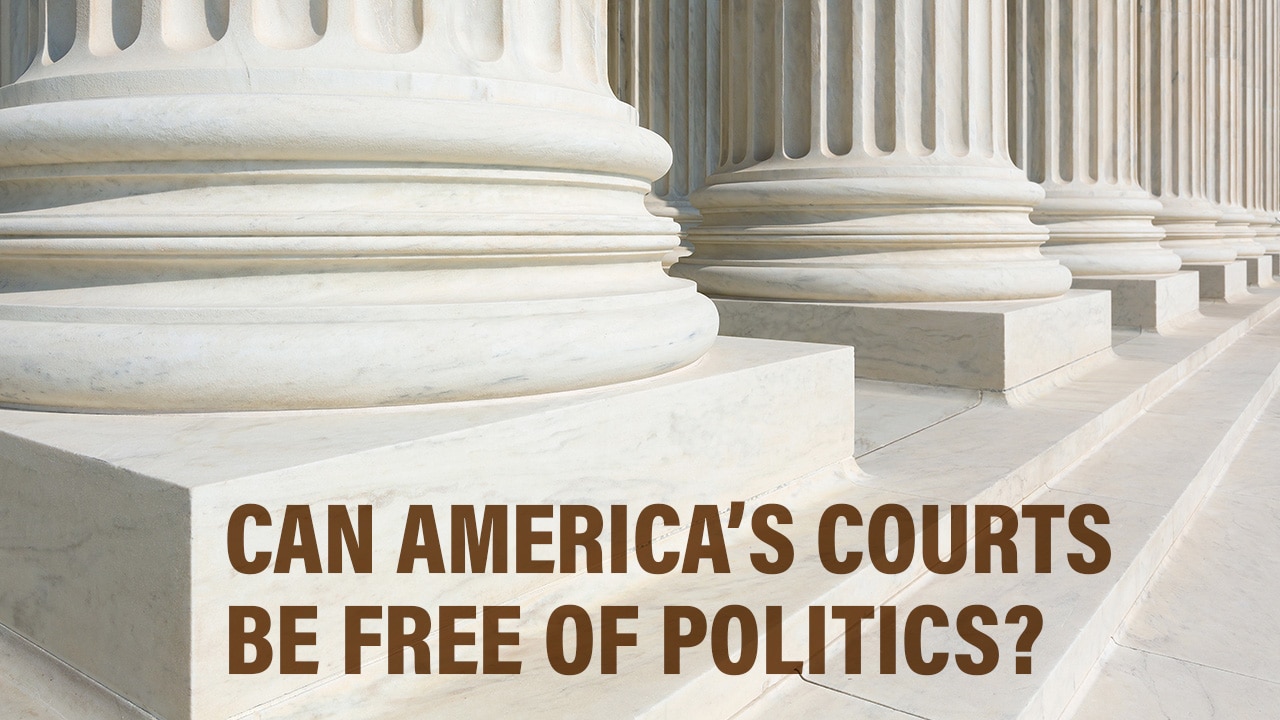
In the stormy aftermath of President Biden’s 2020 election, the campaign of Donald Trump and allied organizations filed dozens of lawsuits in state and federal courts, including the U.S. Supreme Court. It was an unprecedented — and ultimately violent — effort to overturn a legitimate election based on disproven conspiracy theories.
At least eighty-six different judges, some appointed by President Trump, rejected the cases as lacking merit. In the end, courts across the nation spoke with near unanimity to uphold the essential structure of the Constitution and American democracy. It showcased the vital role of our judiciary, which had been sorely tested in recent years by political clashes over Supreme Court nominations.
Inevitably, though, our courts do operate in a politicized environment. Federal judges are nominated by the president and must be confirmed by Congress. And after a comparatively more moderate period, the court has recently lurched hard-right, including its unpopular ruling to overturn Roe v. Wade, a shift widely attributed to the three Trump appointees.
In this special public radio documentary series, Parts 1 and 2 reconstruct the wild history of how we got into a cycle of escalating partisan battles virtually every time a seat opens up on the Supreme Court. This dilemma has left bitter feelings on all sides.
In Parts 3 and 4, we explore a fascinating menu of possibilities — including some creative new proposals — for ways to reduce the political influence on our courts.
Supported by the Democracy Fund and the Humankind Program Fund, in association with Documentary Educational Resources. Recording engineer: Antonio Oliart Ros. Associate producer: Marc Kilstein and Fred Thys. Special thanks to Ken Rogers, Noel Flatt, Brian K. Johnson, Cathy Graham, Steve Martin, Jake Cavicchi, Laura Carlo, Shawn Johnson/Wisconsin Public Radio, Andrew Logan, Drew Masziasz and Washington Week at WETA.
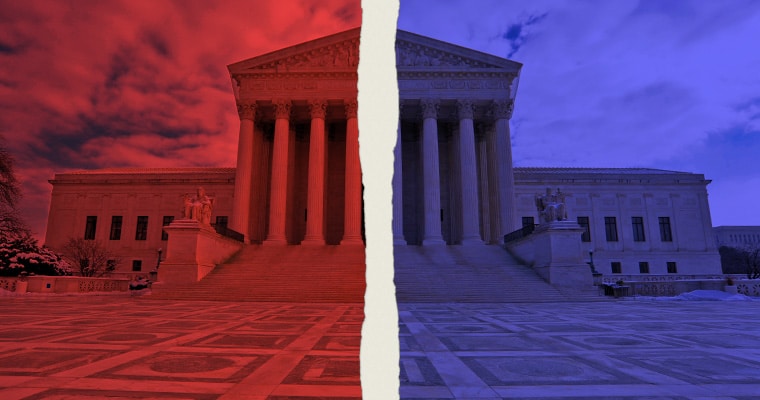
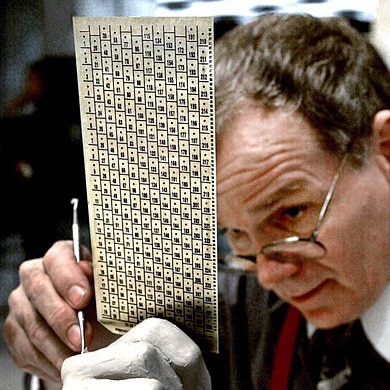
Checking for “chads” in the Florida election recount case
Because federal judges are nominated by the president and confirmed by the U.S. Senate, inevitably the process is somewhat politicized. But as hyper-partisanship has corrosively swept across American life, we’ll explore whether our judiciary has been infected.
The Constitution’s framers well understood that democracy is chaotic and messy. And they designed the judiciary to be relatively insulated from the volatility of our fractious politics. “The complete independence of the courts,” wrote Alexander Hamilton in the Federalist Papers “is particularly essential in a limited Constitution.” Lifetime appointments of federal judges and a respect for jurisprudential precedent were intended to promote stability.
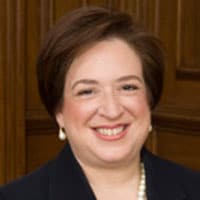 It’s an incredibly important thing for the court to guard this reputation of being fair, of being impartial, of not being simply an extension of the terribly polarized political environment.”
It’s an incredibly important thing for the court to guard this reputation of being fair, of being impartial, of not being simply an extension of the terribly polarized political environment.”
–Supreme Ct. Justice Elena Kagan
Fair Play: The ideal of impartial judges
Our documentary project will examine whether this central characteristic of the judiciary is undermined by America’s present state of politicization – now touching practically every aspect of our society, from popular culture to public health.
Here we consider several clashes over our courts:
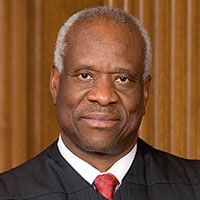 My name has been harmed, my integrity has been harmed. My character has been harmed.”
My name has been harmed, my integrity has been harmed. My character has been harmed.”
– Judge Clarence Thomas, responding to charges of sexual harassment
 It did strike many people as a political decision by the Supreme Court. This is something that lasts.”
It did strike many people as a political decision by the Supreme Court. This is something that lasts.”
– Robert Barnes, Washington Post Supreme Court reporter on the 2000 case deciding the presidential election
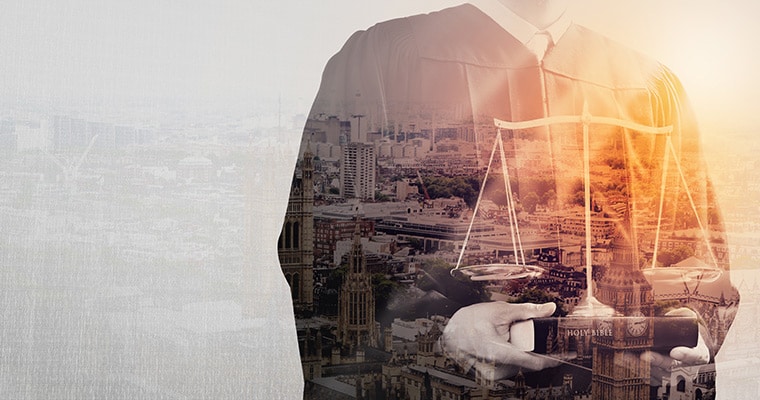
 The [Senate] rules changes have really had an impact. They’ve made it possible for the Trump administration to populate the courts.”
The [Senate] rules changes have really had an impact. They’ve made it possible for the Trump administration to populate the courts.”
– Carl Hulse, New York Times
chief Washington correspondent and author, “Confirmation Bias”
In this divisive climate, will major rulings follow the predictable blocs of liberal and conservative justices, strongly associated with the party of the president who appointed them? How will this affect public confidence in the court, or at least support of “the way the Supreme Court is handling its job”, as measured by Gallup? Strikingly, the court’s approval rating is now the lowest on record.
All of these concerns have direct impact on the Court’s jurisprudence regarding key issues of the day: abortion, other health care access, voting rights, immigration, environmental protection, the power of labor unions, LGBT rights and an issue that has recently come to the fore: compliance with subpoenas.
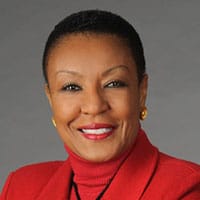 I just thought that was an immoral, gross abuse of power that should never happen again.”
I just thought that was an immoral, gross abuse of power that should never happen again.”
– Chief Justice Leah Ward Sears (ret.), Georgia Supreme Court
on refusing to hold a hearing for President Obama’s high court nominee
In this segment, we revisit a number of more recent chapters in the “judicial wars”:
We’ll also hear interesting comments by two justices, Elena Kagan and Sonia Sotomayor, about ways the nine justices try to maintain cordial relations, even when passionately disagreeing.
 Drinking is one thing, but the concern is about truthfulness.”
Drinking is one thing, but the concern is about truthfulness.”
– Senator Amy Klobuchar questioning Supreme Court nominee Brett Kavanaugh
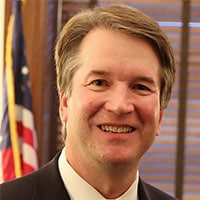 This whole effort has been a calculated and orchestrated political hit.”
This whole effort has been a calculated and orchestrated political hit.”
– Judge Kavanaugh before being confirmed
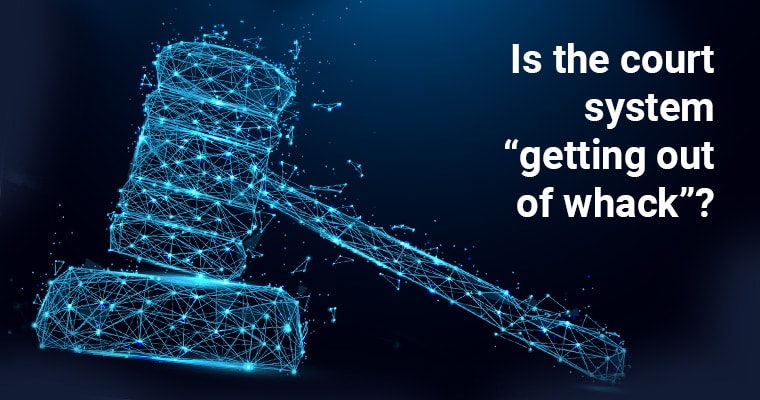
A majority of Americans now disapprove of the Supreme Court. When the decision to overturn Roe v. Wade decision was first leaked, the court’s popularity sank to the lowest level ever recorded. Now that the Supreme Court has revoked federal protection of abortion rights — in a 5-4 decision — new consideration is being given to reforming the court.
As pointed out by Emily Bazelon, New York Times magazine reporter (and Lecturer in law at Yale), the Republican party has not won the majority of votes in six of the last seven presidential elections. And yet vacancies on the Supreme Court have allowed Republican presidents to appoint six of the last ten justices. Does this skew the Court in a way that’s out of step with public opinion? Here we explore the history of “court-packing” as well as a range of other proposals intended to bring greater fairness and political independence to America’s judiciary.
 I will appoint justices who will act as justices and not as legislators.”
I will appoint justices who will act as justices and not as legislators.”
– President Franklin Delano Roosevelt
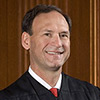 Congress has no right to interfere with [our] work any more than we have the right to legislate.”
Congress has no right to interfere with [our] work any more than we have the right to legislate.”
– Justice Samuel Alito
 There has always been, between the three branches of government, this sort of tug of war over which branch has more or less power.”
There has always been, between the three branches of government, this sort of tug of war over which branch has more or less power.”
– Kimberly Atkins
Boston Globe, attorney
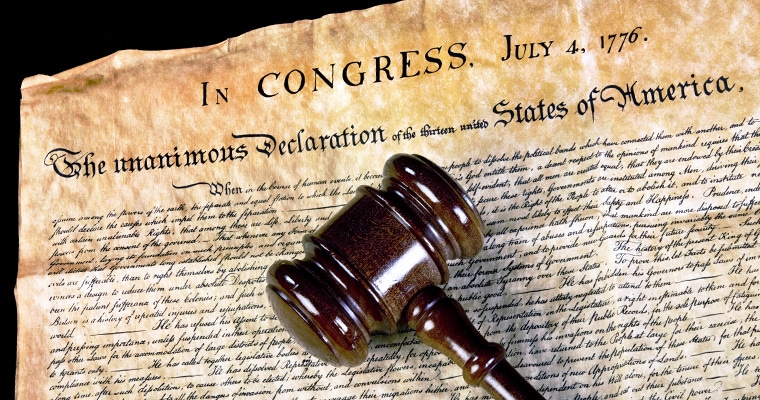
The average American today lives a lot longer today than in 1789, when President George Washington signed the Judiciary Act, establishing America’s court system. The Constitution specifies that once federal judges are nominated by the president and confirmed by the Senate, they can hold their office “during good behavior,” in other words for life — unless they’ve misbehaved, that is.
But advocates of Supreme Court reform maintain there may be constitutional ways to institute term limits. It’s a concept that has attracted adherents across the political spectrum at a time when justices may live into their eighties and even nineties, sometimes facing ill-health. [Politically, though, the likelihood of such reform remains remote under present conditions.]
Another fascinating suggestion is to restructure the system so that an independent body, perhaps consisting of other judges — not the Supreme Court justices themselves, would select the cases that come before the high court. Thus the justices couldn’t tip the scales in favor of cases about policies they might personally wish to endorse (or reject), on controversies like gun rights or civil rights or a host of thorny issues. That would likely reduce politicization.
And we learn about the outsize influence of a powerful conservative legal organization — the Federalist Society — from whom President Trump drew the vast majority of his judicial appointments, including three seats on the Supreme Court. Critics complain this group lacks transparency about its major financial donors, as explained by author Jane Mayer, an investigative reporter at The New Yorker.
Finally, there’s the idea of promoting greater neutrality in our courts by ensuring more diversity among those who sit on the bench. At present, federal judges are typically drawn from elite schools with a relatively narrow range of life experiences. In practice this means it’s harder for people of different racial and cultural backgrounds to feel their needs are represented by the judiciary. (The ascendance of Justice Ketanji Brown Jackson in June 2022 added a broader mix to the Supreme Court.) We hear intriguing proposals to widen the pool of future judges.
President Biden’s commission to study judicial reform was established early in his presidency, but was not tasked with formulating recommendations. In its December 2021 report, the commission indicated interest in term-limits for justices, but not in increasing the number of justices.
 To have any one person exercise that much power for 20, or 30, or 40 years, it just seems like a really bad idea to me.”
To have any one person exercise that much power for 20, or 30, or 40 years, it just seems like a really bad idea to me.”
– Emily Bazelon, NY Times Magazine, Yale Law School
 If Americans can’t have trust in the integrity of the law, we start to slide down that path we’ve seen in…failed democracies.”
If Americans can’t have trust in the integrity of the law, we start to slide down that path we’ve seen in…failed democracies.”
– Aaron Tang, prof. of law, University of California/Davis
 How do you transition from a court where justices were nominated and confirmed for lifetime appointments to a court on which they serve 18 year terms or something like that? But I think it’s a serious proposal.”
How do you transition from a court where justices were nominated and confirmed for lifetime appointments to a court on which they serve 18 year terms or something like that? But I think it’s a serious proposal.”
– Jonathan Adler, prof. of law, Case Western Reserve University
To learn more: